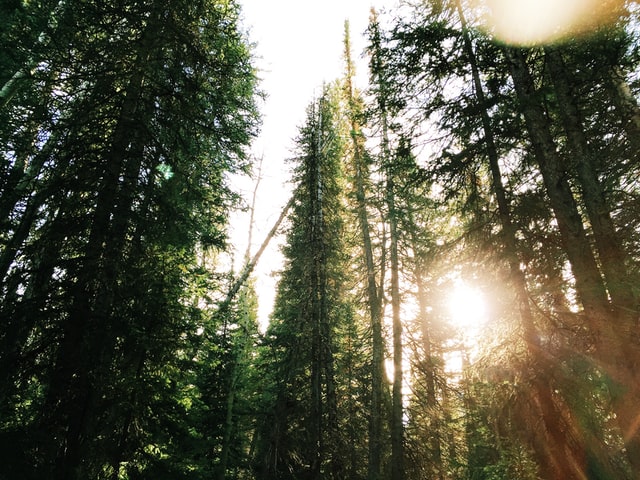How To Care For Fremont Cottonwood (Populus Fremontii)
The Fremont Cottonwood (Populus Fremontii) is a deciduous tree that resembles a swallow and is characterized by almost triangular leaves and small seeds that the wind blows in the cotton masses. It is perhaps best known for its shade and the gentle whisper of the leaves on a hot summer day and the bold color of fall.
The Fremont Cottonwood, which reaches a height of 60 feet is one of the few large trees on the reserve. Poplars need an almost constant source of fresh water. They are connected to streams and lakes throughout the arid part of western North America. Trees in the reserve grow along natural ledges or drains in neighboring residential areas.
The description
Fremont Cottonwood is a fast-growing winter deciduous tree that can reach heights of 20 m. Reported growth rate of 30 feet per year.83 The light gray bark is smooth on young trees, darker and deeply furrowed with age.5 Leaves are smooth and triangular, 5-7.5 cm long , slightly wider than long. With a fairly steep end. The edges are slightly jagged. The petioles are flattened laterally, causing the leaves to float and rustle in the wind. Mature leaves are light green on both sides; In their youth they have a copper tint and in the fall they are bold.
Male and female flowers appear before leaves on different trees in March and April. The flowers are small, without petals, collected in dangling earrings. The male flowers are close together and the outer parts of the anthers are often pink. If there are a lot of men’s earrings, I can give the tree a pink color. The female flowers are harvested more loosely.
The seeds develop in spherical capsules along the feline axis and resemble a sparse cluster. The capsules open, releasing tiny seeds that stick to the tufts of fine, silky hairs they carry in the wind. Many packages do not stick to the seed. For a week or two, this material covers the soil and surrounding objects with a cotton ball, giving the tree its generic name.
General care
- Prune the leaves and branches of the surrounding large trees as needed to keep the poplars in the sun. Fremont needs at least six hours of sunlight per day. Black poplars thrive in both full sun and partial shade.
- In hot weather, water the poplar at least once a week. Black poplar prefers moist soils, while other species thrive in moist or dry soils.
- Check the pH of the soil so that the poplars have the best growing conditions. Fremont and Oriental poplars can withstand all pH levels, from acidic to alkaline, while black poplar thrives best in acidic or neutral soils.
- Add lime or sulfur granules to black poplar soil if the soil is too alkaline. The element gradually reaches the roots of the tree.
- Apply a nitrogen-rich fertilizer if you notice less than normal leaf yellowing. Add potassium when the tops and edges of the leaves turn yellow and brown spots appear below.
Solution to Problems
- Cut dead or diseased branches and leaves from your tree to improve air circulation and prevent pests and diseases that affect poplars. These include aphids, hoes, caterpillars, anthracnose, ulcers, and sooty mold.
- Collect and dispose of waste and all parts of infected plants to avoid anthracnose and sooty mold. Disposal of waste will also remove insect habitat. Use garbage bags to dispose of contaminated material and sterilize devices with alcohol after applying them to contaminated leaves or twigs.
- Spray the wood with a natural pesticide to control specific pests or diseases you see. Possible products: neem oil for aphids, beetles, caterpillars, and powdery mildew; insecticidal soap against aphids and mites; , and Bacillus thuringiensis for some caterpillars.
Regularly check the area around the tree to make sure the roots are not damaging sewers or sidewalks. The frost resistance of poplars is also an obstacle because their roots grow close to the surface. Call a wood specialist to resolve issues at the first sign of a problem.
Prime Tree Service Company, located in Lodi, specializing in the trimming, modeling, root removal, tree cutting, tree removal, tree planting, and professional garden design of all kinds of trees Refurbished.
Prime Tree Service Company can help you create a beautiful, healthy, and safe outdoor living environment. In addition, cutting trees, moving trees, planting trees and professional garden design will help protect the value of your property.
Contact us today: (209) 297-3338
Continue reading about “What You Don’t Know About Valley Oak(Quercus Lobata)“

